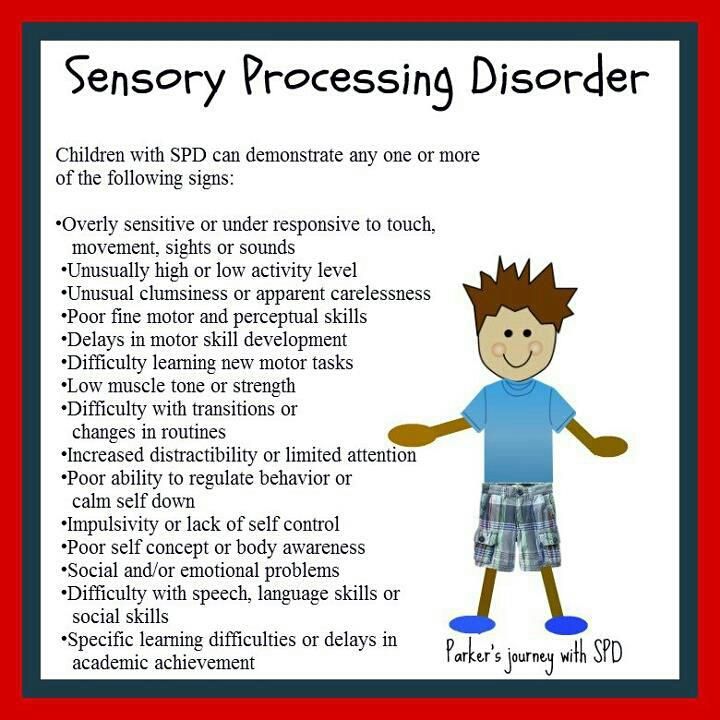

nhs.uk/conditions/auditory-processing-disorder/

You can learn more about how we ensure our content is accurate and current by reading our editorial policy. Healthline has strict sourcing guidelines and relies on peer-reviewed studies, academic research institutions, and medical associations. incorporating assistive technology like a personal frequency-modulated (FM) system, which uses a microphone and receiver to deliver sounds directly from a sound source to your ears.using visual aids in a classroom instead of just speaking.sitting close to the sound source in situations where communication is necessary, such as in a business meeting or classroom.avoiding things that generate background noise, such as fans, radios, or TVs.adjusting the furnishings of a room to help make it less noisy, such as using carpet instead of hard floors.Some examples of environmental changes include: Making changes to your surroundings may also help you to manage your APD. incorporating memory techniques like mnemonic devices.using visual aids to help organize information.predicting potential elements of a conversation or message.Examples of compensatory strategies that are taught include: focusing on specific sounds in the presence of background noiseĬompensatory strategies aim to strengthen things like memory, attention, and problem-solving skills in order to help you manage your APD.determining where a sound is coming from.identifying differences in sounds or sound patterns.It can help you to better analyze sounds.Īuditory training can be done via an in-person, one-on-one session with a therapist or online. helping you to make changes to your learning or working environment to better manage your conditionĪuditory training is a primary component of APD treatment.teaching you skills to help compensate for your APD.

#Sensory processing disorder adults how to#
helping you to learn how to better process sounds.Treatment for APD is tailored to your individual needs based on evaluations made during the diagnostic process. How is auditory processing disorder treated? use electrodes to monitor your brain’s activities when using headphones to listen to sounds.gauge your ability to recognize patterns in sounds.determine if you can pick up on subtle changes in sounds, such as changes in intensity or pitch.assess your ability to hear and understand speech in a variety of scenarios, including with background noise, competing speech, and rapid speech.evaluate whether or not your condition is due to hearing loss or APD.Some examples of the types of tests that they may use include those that: Using the information the multidisciplinary team provides from the tests that they’ve performed, the audiologist will make a diagnosis. Teachers can offer feedback on any learning challenges.A speech-language therapist can evaluate your oral and written communication skills.A psychologist can assess cognitive functioning.An audiologist can perform a variety of hearing tests.This can help your healthcare provider rule out any other potential causes for your condition.

Multidisciplinary approachīecause multiple conditions can be similar to or occur along with APD, a multidisciplinary approach is typically used to make a diagnosis. This can include evaluating your symptoms and when they started as well as checking to figure out if you have any risk factors for APD. The first part of the process involves taking a thorough history. There’s no standard process for diagnosing APD. How is auditory processing disorder diagnosed? However, because the problem involves processing sounds, testing often shows that their ability to hear is normal.īecause they have problems processing and understanding sounds, people with APD often have trouble with learning activities, especially those that are presented verbally. trouble with learning or enjoying musicĭue to these symptoms, those with APD may appear to have difficulty hearing.problems following or comprehending rapid speech or complex directions.difficulty concentrating or paying attention.problems distinguishing between similar sounds.trouble telling where a sound is coming from.needing a longer response time during conversation.frequently asking people to repeat what they’ve said or responding with words like “huh” or “what”.difficulty understanding speech, particularly in noisy environments or when more than one person is speaking.What are the symptoms of auditory processing disorder?


 0 kommentar(er)
0 kommentar(er)
